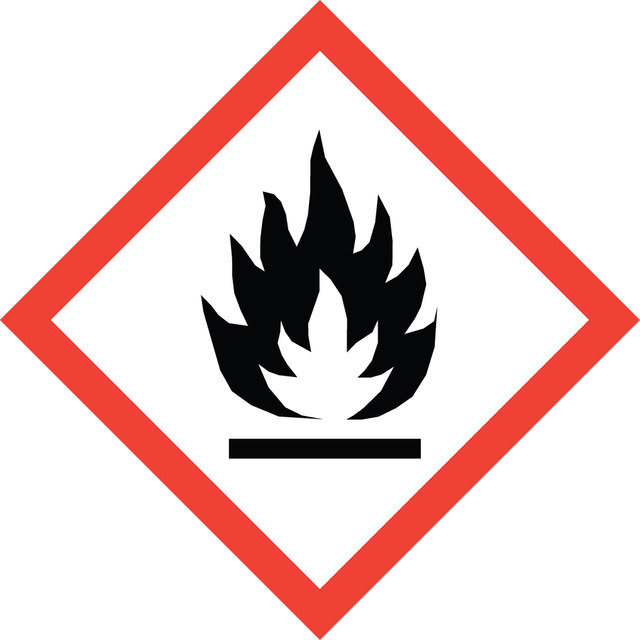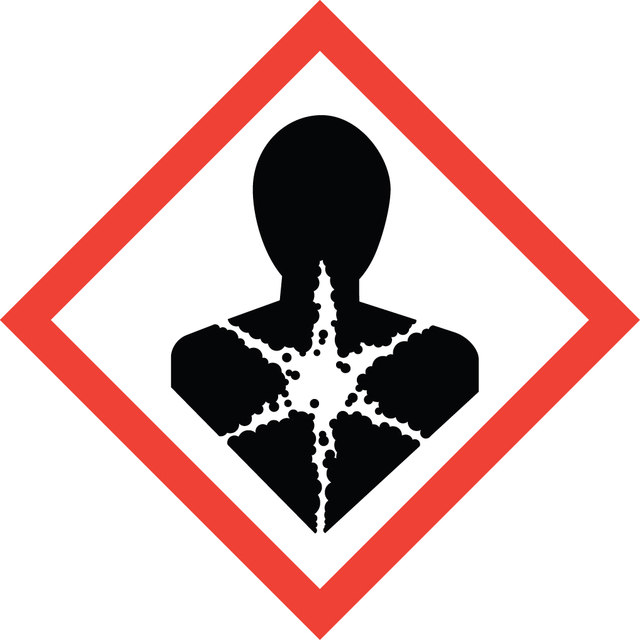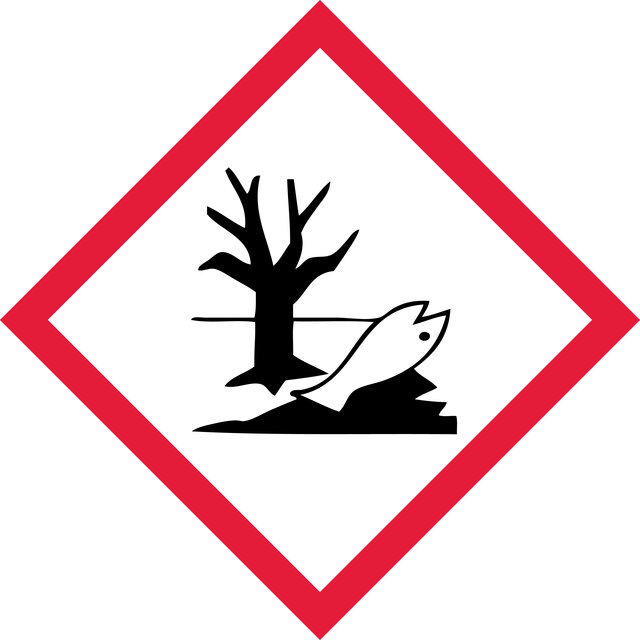Select a Size
About This Item
35-60 °C
7.99 psi ( 20 °C)
Product Name
Petroleum ether, ACS reagent
SMILES string
[Mg+]c1ccc(cc1)C.[Br-]
InChI key
ZRJNGFJIBZKXTP-UHFFFAOYSA-M
InChI
1S/C7H7.BrH.Mg/c1-7-5-3-2-4-6-7;;/h3-6H,1H3;1H;/q;;+1/p-1
grade
ACS reagent
vapor density
2.5 (vs air)
vapor pressure
25.8 psi ( 55 °C)
7.99 psi ( 20 °C)
form
liquid
autoignition temp.
475 °F
expl. lim.
8 %
dilution
(for analytical testing)
impurities
acidity, passes test
evapn. residue
≤0.001%
color
APHA: ≤10
refractive index
n20/D 1.363 (lit.)
bp
30-60 °C (lit.)
35-60 °C
density
0.64 g/mL at 25 °C (lit.)
Quality Level
Looking for similar products? Visit Product Comparison Guide
Related Categories
Application
- Non-polar compounds from various samples, such as plant materials or organic mixtures.
- Carotenoids from the marine Thraustochytrium sp. ONC-T18.
General description
Premium ACS Solvents: Our solvents meet or exceed the stringent standards set by the American Chemical Society, ensuring high quality and reliability for your laboratory applications.
Replicable and Publishable Results: Designed for consistency, our solvents deliver results that can be reliably reproduced, making them ideal for research that requires publication.
Versatile Applications: Suitable for routine chemical synthesis, drying, purification, and critical labware cleaning, our solvents cater to a wide range of research needs in the laboratory.
signalword
Danger
hcodes
Hazard Classifications
Aquatic Chronic 2 - Asp. Tox. 1 - Flam. Liq. 1 - Skin Irrit. 2 - STOT SE 3
target_organs
Central nervous system
Storage Class
3 - Flammable liquids
wgk
WGK 2
flash_point_f
-56.2 °F
flash_point_c
-49 °C
Regulatory Information
Choose from one of the most recent versions:
Already Own This Product?
Find documentation for the products that you have recently purchased in the Document Library.
Our team of scientists has experience in all areas of research including Life Science, Material Science, Chemical Synthesis, Chromatography, Analytical and many others.
Contact Technical Service


